Is nature enough?
IMG_3805
Sarah Hammersley
Recently we have seen the development of many bush kinders, nature playgroups and adventure playgrounds and the shift in now ‘seeing’ nature as a playground for children (Fjortoft, 2001) reflects the mounting body of evidence that the natural environment is beneficial to children’s health and wellbeing. Francis (1988) argued that children’s play in an unstructured environment, preferably a natural one, gives children the genuine understanding of reality.
This notion for unstructured physical play is timely, (for us as a society) as we are living in a day and age where many children learn how to climb a tree via a digital media device. This is as opposed to physically experiencing what it feels, smells and tastes like and building that genuine emotional connection that only comes when one really climbs a tree.
As an Early Childhood Teacher I have observed the art of play which once was a natural urge and desire for a child now needing to now be explicitly taught (and this is only over a 13 year period) and I wonder is this because we (as adults) over structure children’s lives in an attempt to get them ahead and ready for university at age 5? Or is it because we (as a society) create ‘play’ experiences for children to be ‘involved’ in such as, soccer and netball rather than allowing children to be the agents of their own play?
Lets just think about the word unstructured for a moment.... now, this is a word that always opens a 'can of worms' and heated discussion at any staff meeting or parent information session. It tends to boil fear in people - educators and parents alike. Why is that? My opinion, is that the word unstructured is just sadly misunderstood. Images of children running in circles around a room screaming in others faces, hitting and throwing their shoes up in the air all whilst wearing undies on their heads is what most people envisage. For me, it's quite the opposite. Outside in the wild it takes skill, knowledge and strong philosophical values in the practice of relationships to enable opportunities and to plan without an agenda. It's about creating that sense of freedom and truly enabling the children to follow their curiosities, desires and to lead their learning. Children create their own structure within their play when they are provided with the time to do so. It's about knowing when to just sit and watch, when to interact or pose a question and when to offer an additional resource. The Early Years Learning Framework (EYLF) calls this intentional teaching and guess what? There isn't a desk, colouring in sheet or flash card in sight!
When providing opportunities for outdoor learning why do we (as educators) feel the need to simply re-create the indoors outdoors? Setting up puzzles on a table outside isn't really outdoor learning now is it? The natural world ignites all of your senses and children will use the environment to suit their capabilities. Fjortoft, (2001) found that there is a strong relationship between the structures of the landscape and the functions of a child’s play. She called this, ‘the affordance of nature’. Children will follow their curiosities and use the environment in a variety of functional, purposeful and imaginative manners.
Have you ever sat and observed a group of children playing in a tree? The tree can transform and 'become' so many different things depending on the players. In the space of an hour it might become a house that has been divided up into living quarters with an interior decorator on hand draping flower chains over the entrance, a jungle gym for the daring who are keen to swing, climb, jump and hang, a stage for dramatic zoo keepers performances and or performers alike, a construction site, a place of elevation and mindfulness, a science lab for exploring fauna and flora or an opportunity for collecting, fossicking and foraging - In natures playground there really is no need for age appropriate toys.There truly is nothing better than witnessing a child who is comfortable in their own skin. I was lucky enough to observe this recently when I was treated to a special performance of 'Let it go' from the tree tops. Up in the trees is a wonderful place to be for children and adults alike.
My challenge for you is to pack up all your 'outdoor toys', A-frames and balance beams put them back into the shed and watch how the children utilise the resources they have available to them from 'natures playground' - the leaves, grass, twigs, sticks, rocks, dirt and trees. If you have a very flat, plastic and uninspiring outdoor space have a pile of dirt delivered or even better go for a walk to a wild space. Give your children authentic outdoor opportunities and then seek to answer following question - Is nature enough?
Fjortoft, I. (2001). The Natural Environment as a Playground for Children: The Impact of Outdoor Play Activities in Pre-Primary School Children. Early Childhood Education Journal 29(2), 111-117
Francis, M. (1988). Negotiation between children and adult design values in open space projects. Design Studies, 9(2), 67-75The Early Years Learning Framework (PDF). Australian Government Department of Education, Employment and Workplace Relations for the Council of Australian Governments. Retrieved November 2015.




